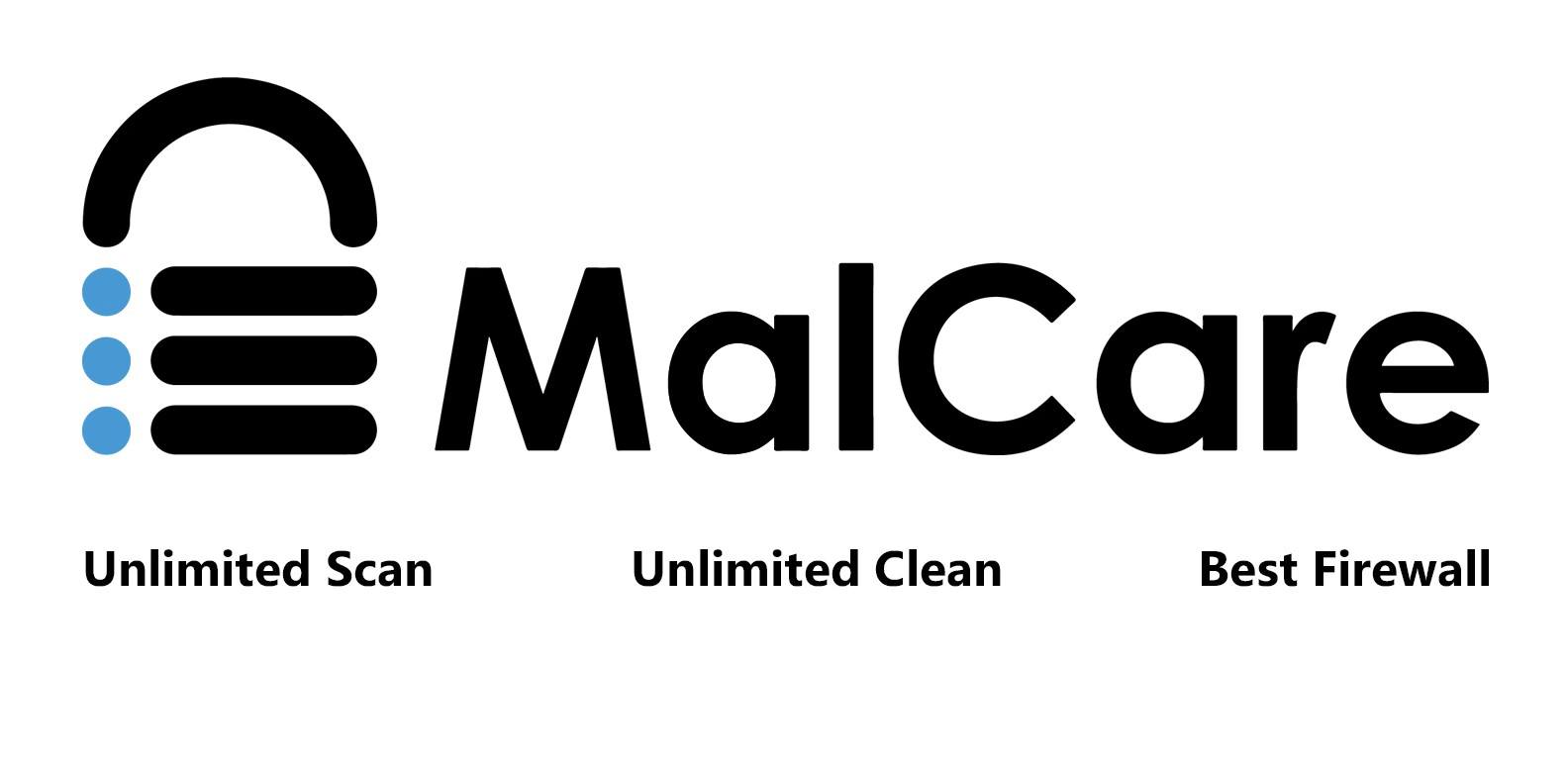Workaround untuk Masalah openSUSE 11.2 64 bit Sebagai Guest Paravirtualization Xen Hypervisor

Setelah menjalankankan SLES 11 sebagai Guest Paravirtualization Xen Hypervisor dengan sukses dan berjalan dengan baik, saya mencoba untuk menjalankan openSUSE 11.2 64 bit dengan mekanisme yang sama. Proses setup guest berjalan normal, namun proses instalasi berhenti dan TightVNC menutup layar instalasi dengan pesan :
No kernel was found. The installation may have failed
Jika saya menggunakan modus full virtualization, masalah tersebut tidak muncul namun saya kurang puas karena saya lebih prefer menggunakan model paravirtualization untuk distro yang sealiran seperti openSUSE guest dengan SLES sebagai host.
Selidik punya selidik, ternyata masalahnya ada pada installation source yang saya gunakan. Ada bug jika proses instalasi menggunakan file ISO atau DVD secara langsung. solusinya adalah menjalankan proses instalasi dengan mengambil sumber instalasi dari jaringan. Solusi lain adalah mengikuti panduan seperti yang tertulis pada halaman bugzilla mengenai masalah ini :
You can also use the following work around with an ISO file after launching ‘Create Virtual Machine” and getting to the “Summary” screen.
Step 1: From the “Summary” screen, Select “Operating System Installation”.
Step 2: From the “Operating System Installation” screen, select “Virtual Disk” and then “Add”.
Step 3: From the “Virtual Disk” Screen, select your ISO file.
Step 4: Press “Ok” and “Apply” to return to the “Summary” screen.
Step 5: From the “Summary” screen, select “Disks”.
Step 6: From the “Disks” screen highlight the ISO you just added as an installation source and Select “Remove”.
Step 7: From the “Disks” screen select “Harddisk”.
Step 8: From the “Virtual Disks” screen select your ISO file. Check the “Read-Only Access” box.
Step 9: Press “Ok” and “Apply” to return to the “Summary” screen.
Step 10: From the “Summary” screen Press “Ok” to start the installation (assuming other settings are correct).During the installation of the guest, you may see a warning on the “Installation Settings” screen under the “Booting” section that says “It was not possible to determine the exact order of disks for device map. The order of disks can be changed in “Boot Loader Installation Details”. So far, we have not seen any adverse effects from this warning by simply ignoring it.
Saya sendiri memilih opsi pertama dengan cara membuat repo instalasi pada jaringan. Selain sederhana, pilihan ini juga mudah diikuti.
Membuat repo instalasi pada jaringan dapat dilakukan dengan membuat web server, menyalin isi semua dvd ke salah satu folder htdocs (/srv/www/htdocs) dan kemudian menjadikannya sebagai sumber instalasi melalui protokol http.











